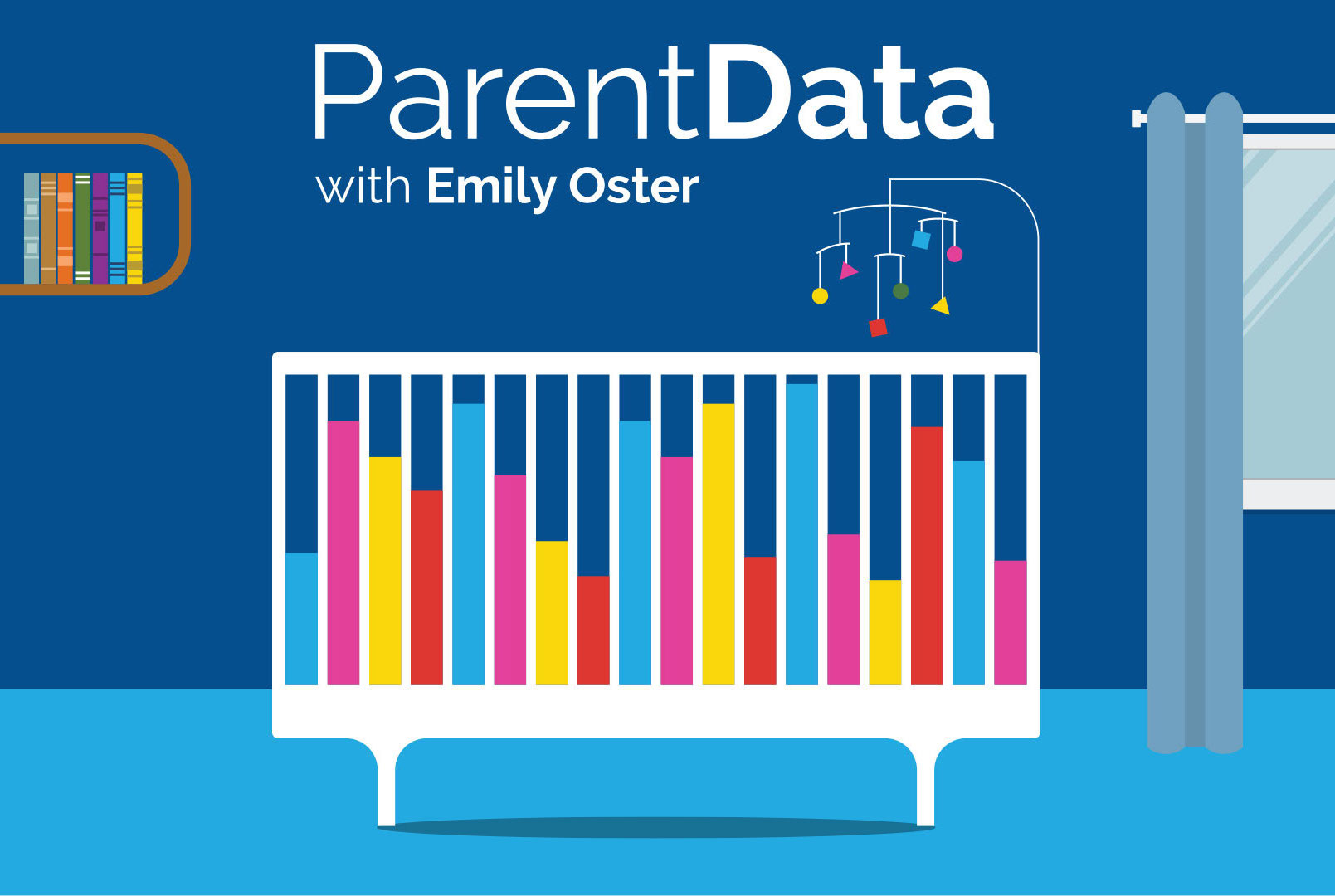The Family Firm is focused on using data and decision tools to make the best decisions for your family in the early school years. In the book, I talk about many tools — drawn from business — that are designed to help you better manage your family’s life. One of those, perhaps the most central one, is the Four Fs decision framework.
This framework is designed for when you have a hard decision. Not What’s for dinner tonight? But questions like What is the right school? Or Should we embark on this high-intensity extracurricular activity? The idea is to organize your thinking so you can actually make the decision, not just stew over it until it’s made for you.
Here’s the basic framework! And if you want to see some examples of how it works in practice, check out this post on redshirting, or this one on sleep.
Step 1: Frame the question. Think about the question you are asking. This is often the hardest step. It may seem easy, but in many cases our starting-point question is too vague to really be answerable. “What kind of school is right?” isn’t a question you can answer well. Much better is “Should we send our child to school A or school B?” Making good decisions requires specificity about the options.
Step 2: Fact-find. Gather the evidence, data, and details you need. This may involve learning more about the logistics and thinking through how you could make it work (or not). Or it may involve data on the benefits and risks of each option. This step (the longest one) is a chance to get all the factors together, clearly, in one place.
Step 3: Final decision. Once you have the evidence, have a meeting, and use that meeting to make a decision. This may seem obvious, but I think people often fail to have this single decision meeting and instead revisit the question again and again with different information. Let the decision take up a lot of headspace in a single moment, decide, and move on.
Step 4: Follow up. Most decisions deserve follow-up. Once you’ve made a choice and implemented it, the last step is to make a concrete plan about when you’ll revisit your choice. Hopefully you made the right choice, but if you didn’t, better to rethink it sooner rather than later. A note: I think this is among the most important and the most ignored parts of decision-making. Read more about this step and how to do it in this post.
















Log in